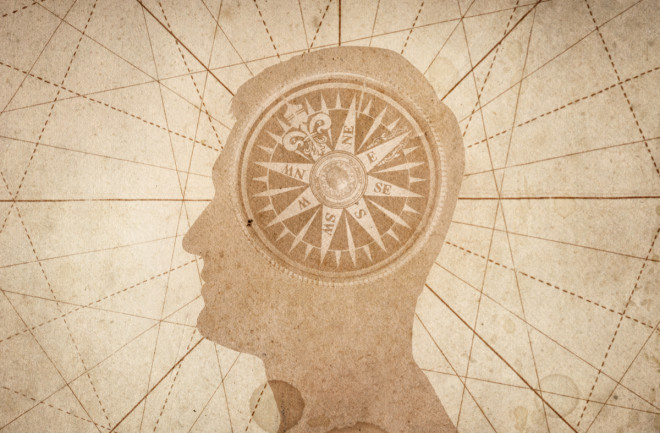The human brain contains 'maps' of the human body - a feature known as somatotopy. For instance, in the brain region responsible for processing touch sensations, the neurons which respond to touches to the feet are located near the neurons that receive input from the legs, and so on - the layout of the body is mirrored in the corresponding parts of the brain.
But where do these maps come from? Are they an innate part of the brain's organization, or do they form as a result of our experience of the world?
A study published in PNAS a few days ago offers evidence that brain maps are present very early in life. Michael J. Arcaro and colleagues used fMRI to measure neural responses to touch in very young macaque monkeys.
Arcaro et al. found evidence of somatotopic organization in these monkeys as early as 11 days old. Here's the key result. Each pair of egg-shaped regions represents data from one monkey, with 'M1' being just 11 days old. The red, green, and blue regions show brain areas activated by touch stimulation of face, hands, and feet, respectively. The organization is clear in all cases.
Other recent studies have likewise found evidence of very early somatotopy. For instance, Dall’Orso et al. showed (also with fMRI) somatotopic responses in human preterm babies. Some of the participants were only a few days old when scanned, and they were below the normal age of birth. Below, we can see the same organization as in the monkeys: foot, then hand, then face going from the middle outwards.
So does this confirm that the brain contains an innate body map? This depends on what we mean by 'innate'. The Arcaro and Dall'Orso studies do suggest that somatotopic maps are present from birth. But this doesn't mean that these maps are genetically 'hardwired'. They might still depend on experience. Even before birth, the brain is receiving sensory input and sending motor outputs. As every expectant mother knows, the fetus does not just float serenely in the womb, but actively makes use of its developing motor skills (e.g. by kicking). Pre-natal experience might well be driving the formation of body maps, but it would be difficult to test this hypothesis, even in animals.


